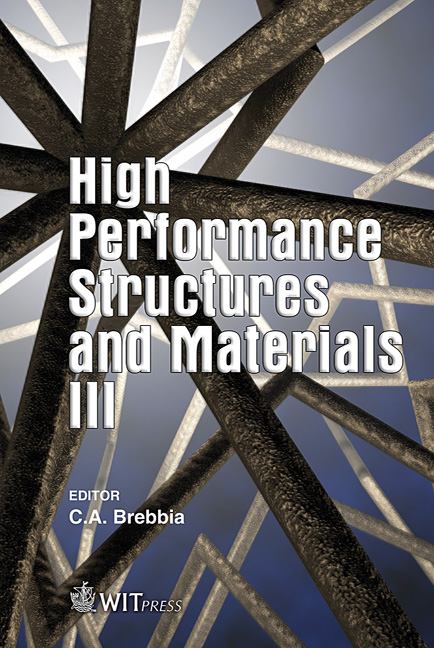Behaviour Model And Experimental Study For The Torsion Of Reinforced Concrete Members
Price
Free (open access)
Transaction
Volume
85
Pages
10
Published
2006
Size
509 kb
Paper DOI
10.2495/HPSM060451
Copyright
WIT Press
Author(s)
C. E. Chalioris
Abstract
The typical behavioural curve of a reinforced concrete element with longitudinal bars and stirrups under torsion comprises two distinct regions; the elastic part until the first cracking and the part after cracking. The different character of the response in these regions reveals the different nature of the load resisting mechanism in each case. The present work addresses an approach that combines two different analytical models in order to predict the entire torsional behaviour. The prediction of the elastic part until the first cracking is achieved using a smeared crack analysis for plain concrete in torsion, whereas for the description of the post-cracking response the softened truss model is used. Further, the results of an experimental investigation on the behaviour of 15 reinforced concrete beams subjected to pure torsion are also presented in this paper. The reported results include the behavioural curves and the values of the initial torsional stiffness, the cracking torque moment and the ultimate torque capacity of the beams. Analyses for the torsional behaviour of the tested beams using the proposed approach were performed and analytical curves are produced and compared with the experimental ones. A good agreement between predicted and experimental results is observed. Keywords: beams, reinforced concrete, smeared crack model, softened truss model, torsion, tests. 1 Introduction Several theoretical and experimental researches have emphasized the differences between the pre-cracking and post-cracking behaviour of reinforced concrete members in pure torsion [1]. The first, pre-cracking part is characterized by the
Keywords
beams, reinforced concrete, smeared crack model, softened truss model, torsion, tests.





